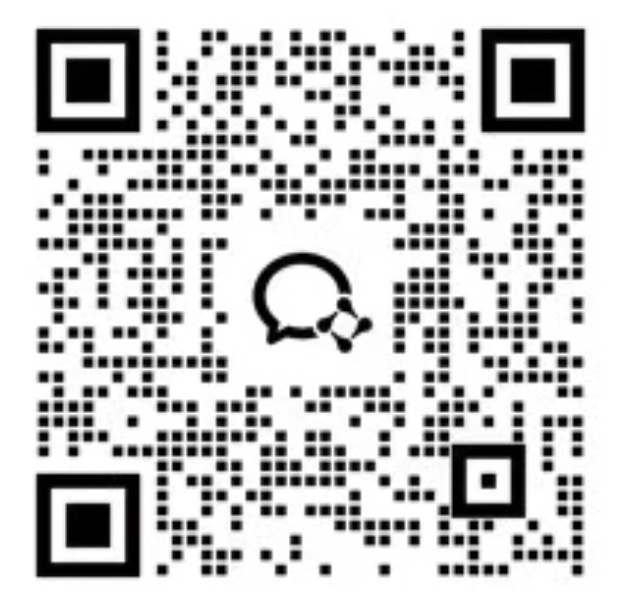武器采购的透明度:评估全球武器发展的局限性和机会(英文)
SUMMARYw With the aim of confidence building, states have agreed to share information on their arms procurement and military expenditure in several multilateral transparency instruments. However, this paper shows that, in recent years, participation in these instruments has declined to a very low level. Furthermore, only a few of the states that continue to participate in the instruments provide comprehensive and detailed information. This means that the information contained in the instruments is insufficient to fully assess global or regional armament developments.The case studies in this paper show that many states have readily available information on arms procurement and military spending at the national level that could be submitted to the multilateral reporting instruments, which could help to revitalize them. Moreover, the paper concludes that, in combination, the information from national and multilateral reporting could form the foundation for further strengthening alternative non-governmental efforts to monitor arms procurement patterns.TRANSPARENCY IN ARMS PROCUREMENT: LIMITATIONS AND OPPORTUNITIES FOR ASSESSING GLOBAL ARMAMENT DEVELOPMENTSpieter d. wezeman, lucie béraud-sudreau and siemon t. wezeman*No. 2020/10 October 2020SIPRI Insights on Peace and SecurityI. IntroductionGlobal military expenditure reached $1917 billion in 2019, the highest level since 1988.1 The volume of international transfers of major arms has also increased: in 2015–19 it was 20 per cent higher than in 2005–2009 and at its highest level since the end of the cold war.2 Although military expendi ture and arms transfers data provide only a partial indication of global armament developments, these upward trends raise salient questions about the risk of destabilizing accumulations of conventional arms or the possibility of arms races at the regional or global level. They highlight the urgent need for increased efforts to pursue conventional arms control and confidence-building measures in the military sphere.For this purpose, an in-depth, fact-based, understanding of develop ments in armaments is essential. This has been recognized within the United Nations and in other multilateral organizations, where member states have agreed on the need for international transparency in armaments and have created instruments aimed at increasing such transparency.The 2018 UN Agenda for Disarmament reminded the world that the inter national exchange of information on how states translate their stated national security requirements into military postures can create mutual under standing and trust, reduce misperceptions and miscalculations, and help to prevent military confrontation and to support regional and global stabil ity.3 However, the Agenda concluded that ‘effectively responding to con temporary security challenges requires a shift in approach. In regions of conflict and tension, transparency and confidence-building mech an-isms designed to prevent arms competition rema
[SIPRI]:武器采购的透明度:评估全球武器发展的局限性和机会(英文),点击即可下载。报告格式为PDF,大小0.26M,页数20页,欢迎下载。









